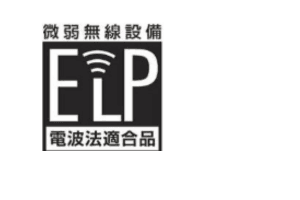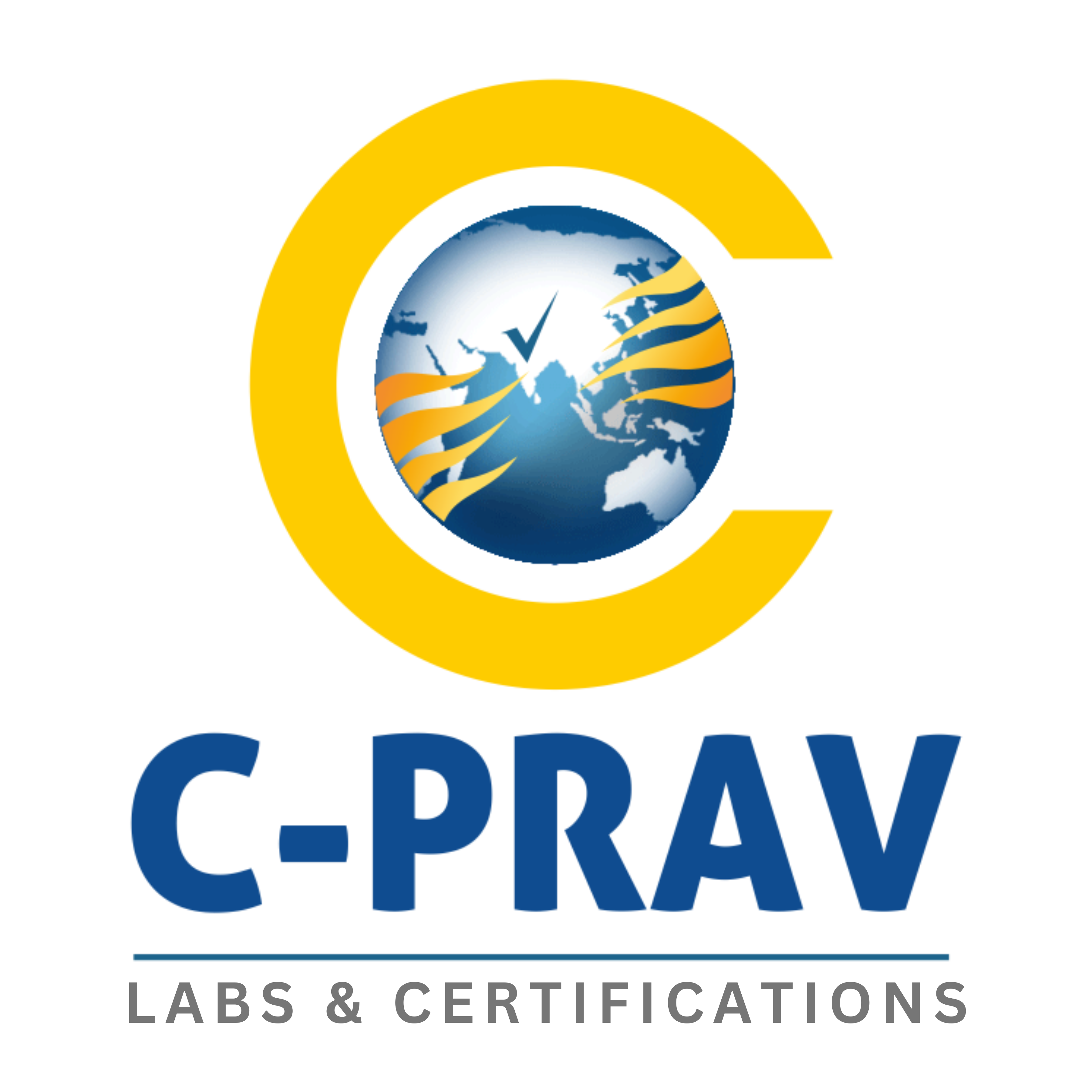MIC Certification for Japan
Services For Radio & Wireless Devices
Ensure Japanese market access with MIC certification for your radio devices

Understanding MIC Certification
Ensuring compliance with Japan’s Radio Law, MIC/GITEKI Certification holds a pivotal role in this regulatory landscape.
The Ministry of Internal Affairs and Communications (MIC) is the authoritative entity overseeing this MIC approval process. Aligned with the Radio Act, MIC establishes criteria for product registration through MIC-authorized Registered Certification Bodies (RCBs). These designated bodies conduct rigorous compliance testing, evaluating products against specific technical standards based on radio equipment classification.
Navigating the intricacies of MIC/GITEKI Certification is essential for those looking to penetrate the Japanese market with wireless and telecom products.
It involves meeting the criteria set by MIC, obtaining product registration through an authorized RCB, and undergoing thorough compliance testing to ensure adherence to prescribed technical standards.
Products Requiring MIC Certification
The Japan Radio Law’s scope covers all products which emit electromagnetic waves with frequencies under 3 THz. The Radio Law requires approvals of not only wireless communications devices,
but also high-frequency devices such as welders and induction heating (IH) cooking equipment
In-scope Products
Specified Radio Equipment (SRE) and Special Specified Radio Equipment (SSRE)
These products cover a range of products, including
- Bluetooth devices
- WiFi equipment
- LTE devices
- GSM devices
- ZigBee devices
- Wireless microphones
- RFID devices (2.4 GHz, 920MHz)
- Telemeters, pagers
- UWB radio systems, and more.
Most SRE products require third-party certification, provided by an MIC-designated Registered Certification Body (RCB) . However, certain SRE products fall under the category of SSRE, which undergo a simplified process of self-declaration and registration with MIC, while still requiring compliance testing.
According to Article 38-2-2 of the Radio Law, SRE typically refers to consumer-operated radio equipment.
High-Frequency Devices
It includes
- IH cooking devices
- Microwaves
- Electrode-less discharge lamps
- Welders
- RFID devices (13.56 MHz),
- Ultrasonic devices,
- PLCs, and
- Other equipment operating above 10 kHz (including ISM, such as MRI machines and plasma devices).
As stated in Article 46 of the Enforcing Ordinance, most High-Frequency Devices must be tested for compliance and registered by a local Japanese company with the relevant regional branch of MIC before they can be placed on the market.
However, some products may be exempt from registration but still need to comply with legal requirements.
Extremely Low-Power Devices (ELPs)
Devices that possess the following parameters are categorized as Extremely Low Power Devices. They are defined in Article 6-1 of the Enforcing Ordinance.
|
Frequency Range |
Maximum Emission Limit (µV/m) |
|
< 322 MHz |
< 500 µV/m |
|
322 MHz – 10 GHz |
< 35 µV/m |
|
10 GHz – 150 GHz |
< 3.5x µV/m or 500 µV/m |
ELPs are not subject to licensing or MIC certification but must adhere to the interference regulations specified in the Radio Law. To address non-compliance issues, a voluntary certification and registration scheme called the ELP Mark has been introduced.
This scheme ensures that ELPs do not cause interference or experience adverse effects from interference.
Type of Certifications
The Radio Law specifies different approval schemes for equipment, ranging from self-declaration to third-party certification.
When it comes to Specified Radio Equipment (SRE), there are two main types of certifications: Type Certification and Batch Certification.
SRE Type Certification:
This certification involves testing a representative sample (usually 1 or 2 units) to ensure that the product’s construction and design meet the required standards. It also requires a “Declaration of Quality Management System” to verify the manufacturer’s quality management practices.
No on-site factory inspections are typically necessary for this type of certification. SRE Type Certification is suitable for radio equipment that is mass-produced, and foreign manufacturers can also obtain this certification.
SRE Batch Certification:
Batch Certification is a slightly different process. It involves testing a sample from each batch of equipment produced (usually fewer than 100 units) to ensure compliance with the technical standards. This certification is suitable for radio equipment that is produced in small batches. Similar to Type Certification, foreign manufacturers are eligible to obtain Batch Certification as well.
Declarations of Conformity (DoCs):
For High-Frequency Devices (HFDs), there are three types of Declarations of Conformity: “Specification of Type,” “Confirmation of Type,” and “Authorization for Use.” The manufacturer can use their own test reports if they have the appropriate testing equipment. However, a local Japanese company must submit a notification to the local MIC branch office to complete the approval process.
Approval Process
The process of certifying radio or telecommunication products can vary depending on the specific type of product. However, there are generally several common steps involved in the certification process:
- Application: The first step is to submit an application for the required certification license.
- Testing and Evaluation: The application and accompanying documentation are carefully reviewed and evaluated to ensure compliance with the relevant regulations and technical standards.
- Inspection (for non-certified equipment): In certain cases, equipment that has not yet been certified may undergo an inspection to verify its conformity to the necessary specifications.
- License Issuance: If the product successfully meets all the necessary requirements, a license is issued to indicate its official certification status.
- Labeling and Documentation: After receiving the Type Approval certificate, the manufacturer can affix the MIC certification label on the product, indicating its compliance.
Products that have the capability to connect to the state communications network in Japan must comply with the Japanese Telecommunication Business Law. As part of this law, registration of the product is mandatory for its connection to the public network.
Related Services
Click here to know about the Approval Process for the Canadian Market
Click here to know about the SRCC certifications
Click here to know everything about Type Approval for Fiji
Click here to know everything about Type Approval for Hong Kong
Click here to know everything about India Approvals
Click here to know everything about PSE Mark
Click here to know everything about MIC Certificate
Click here to know everything about Type Approval for Malaysia
Click here to know everything about Type Approval for Russia
Click here to know everything about Type Approval for Saudi Arabia
Click here to know everything about Type Approval for South Africa
Click here to know everything about Type Approval for Singapore
Click here to know everything about Type Approval for South America
Click here to know everything about Type Approval for South Korea
Click here to know everything about NCC Certificate
Click here to know everything about BSMI Mark
Click here to know everything about Type Approval for USA
Labelling
The product marking for SRE Type Certification must be placed in a prominent and easily visible location on the product. It is the responsibility of the manufacturer to carry out the marking process. On the other hand, for products registered through SRE Batch Certification, the Registered Certification Body (RCB) will handle the marking.
In addition to the marking, all certified products will receive an official certification code to further signify their compliance.
For High-Frequency Devices, a specific label is used for marking, which may vary slightly depending on the type of equipment.
Module Integration
When a certified radio module is integrated into a host device, additional testing is not needed unless the module (e.g., GSM, UMTS, LTE) is used within 20 cm of the body (e.g., tablets). In such cases:
The combination must be tested for body SAR compliance in Japan.
A new certificate and certification number are required.
The certification body will assess RF parameters and issue a new certificate listing all integrated modules.
The GITEKI mark and certification number must be placed on the host product.
Labeling options for host products with certified modules include:
- Display the GITEKI mark and certification number on the host product.
- Electronically display them on an integrated or connected external display.
- The user manual should explain how to view the GITEKI mark and certification number electronically.
If installing a module with existing Japan certification, additional certification for the host device is unnecessary. Just include the specified text to indicate the presence of a certified radio module.
Include the following text on the host product and/or in the manual:
当該機器には電波法に基づく、技術基準適合証明等を受けた特定無線設備を装着している。
Translation: “This equipment contains specified radio equipment that has been certified to the Technical Regulation Conformity Certification under the Radio Law.”

Label for SRE Type Certification ( R is for Radio devices and T is for Telecom devices)

Label for High Frequency Devices For the DoC schemes , “Authorization for Use” has no marking
requirements

ELP Mark for Extremely Low Power Devices ( Not a mandatory mark)
Company Strengths at a glance
Why C-PRAV?
As a leading global compliance company, C-PRAV is dedicated to helping businesses like yours meet regulatory requirements efficiently and effectively. With our extensive expertise and comprehensive services, we offer tailored solutions to address your specific compliance needs, regardless of industry or geographic location.
Comprehensive Support
We assist with the preparation and review of technical documentation, including test reports, compliance declarations, and regulatory submissions for MIC Certification, to ensure accuracy and completeness.
Global Reach
With a global network of partners and resources, we offer support for compliance initiatives worldwide.
Client-Centric Approach
Your success is our priority. We are committed to delivering exceptional service and building long-term partnerships based on trust and mutual respect.
We Have Great Answers
Ask Us Anything
For MIC certification, local representation is not explicitly mandatory.
Required documents may include technical specifications, product drawings, test reports, user manuals.
Yes, it is indefinitely valid
No, it is not mandatory
Ministry of Internal Affairs and Communications (MIC)
MIC Certification is a mandatory requirement to enter into Japanese Market
Regulatory Updates for Japan
Japan MIC introduces guidelines for use of US and EU standard for 2.4GHz band wireless LAN
Japan’s Ministry of Internal Affairs and Communications (MIC) has issued guidelines regarding the utilization of test data from US and European standards for the 2.4GHz
6Ghz in Japan
Last week Japan’s Ministry of Internal Affairs and Communications (MIC) formally announced that Wi-Fi operation in the 6 GHz band is now permitted, which means
We Solve Real Problems
Some of the EMC Standard
CISPR 32 - Electromagnetic compatibility of multimedia equipment - Emission requirements
CISPR 32:2015+A1:2019 applies to multimedia equipment (MME) as defined in 3.1.24 and having a rated r.m.s. AC or DC supply voltage not exceeding 600 V. This publication covers two classes of MME (Class A and Class B).
CISPR 14 - Requirements for household appliances, electric tools and similar apparatus
CISPR 14-1:2020 specifies the requirements that apply to the emission of radio-frequency disturbances in the frequency range 9 kHz to 400 GHz from appliances, electric tools and similar apparatus as defined below, whether powered by AC or DC (including a battery).
CISPR 11 - Industrial, scientific and medical equipment
CISPR 11:2024 applies to industrial, scientific and medical electrical equipment operating in the frequency range 0 Hz to 400 GHz and to domestic and similar appliances designed to generate and/or use locally radio-frequency energy. This document covers emission requirements related to radio-frequency (RF) disturbances in the frequency range of 9 kHz to 400 GHz.


